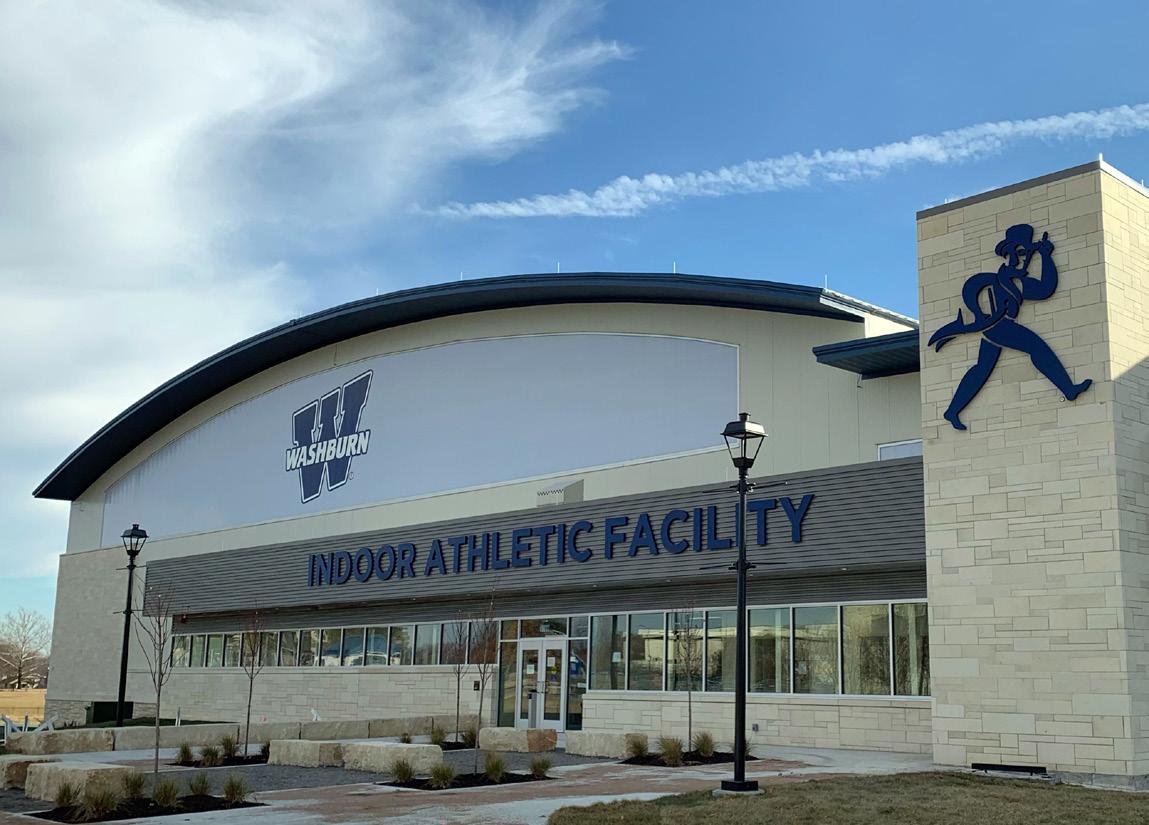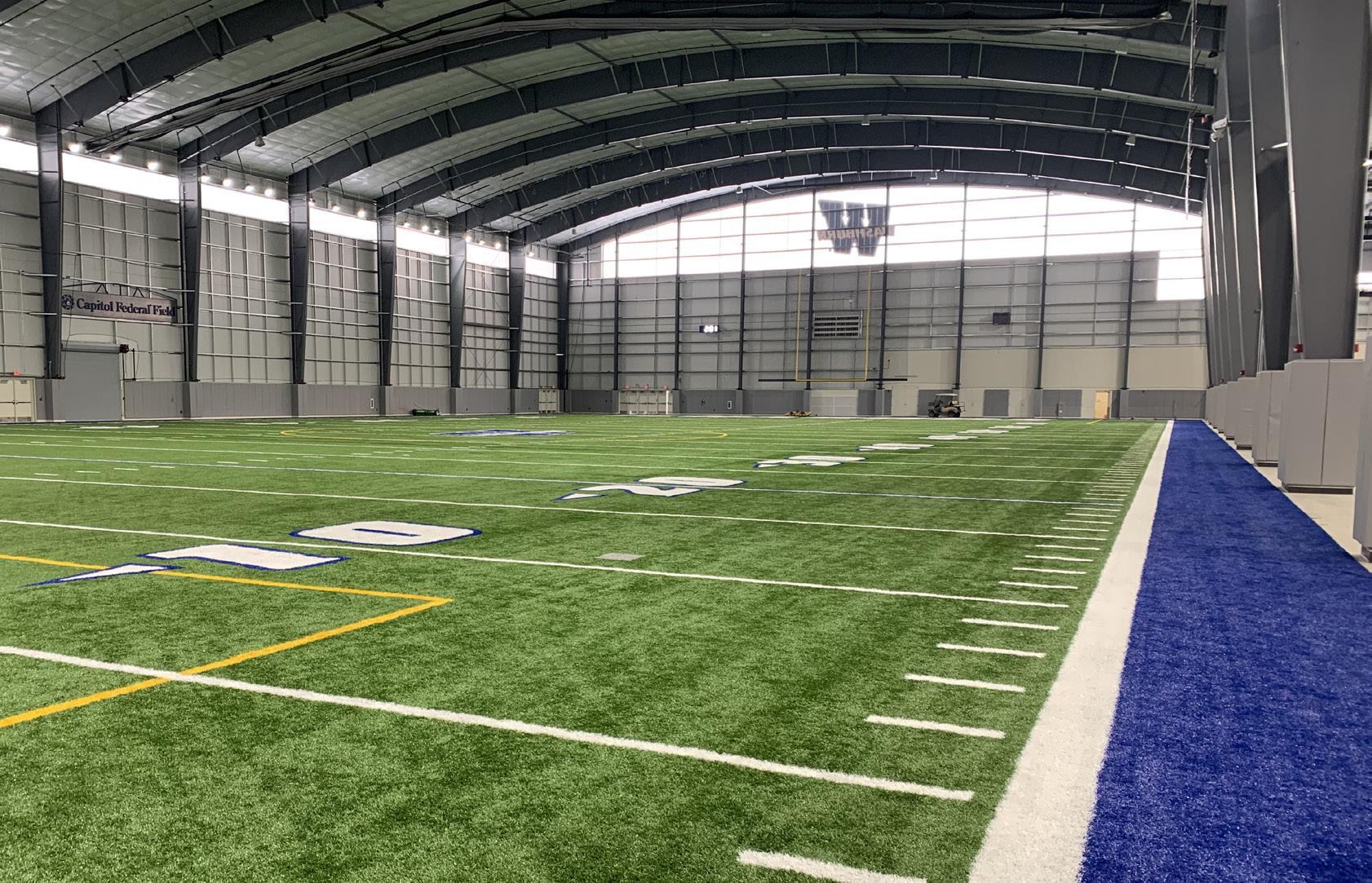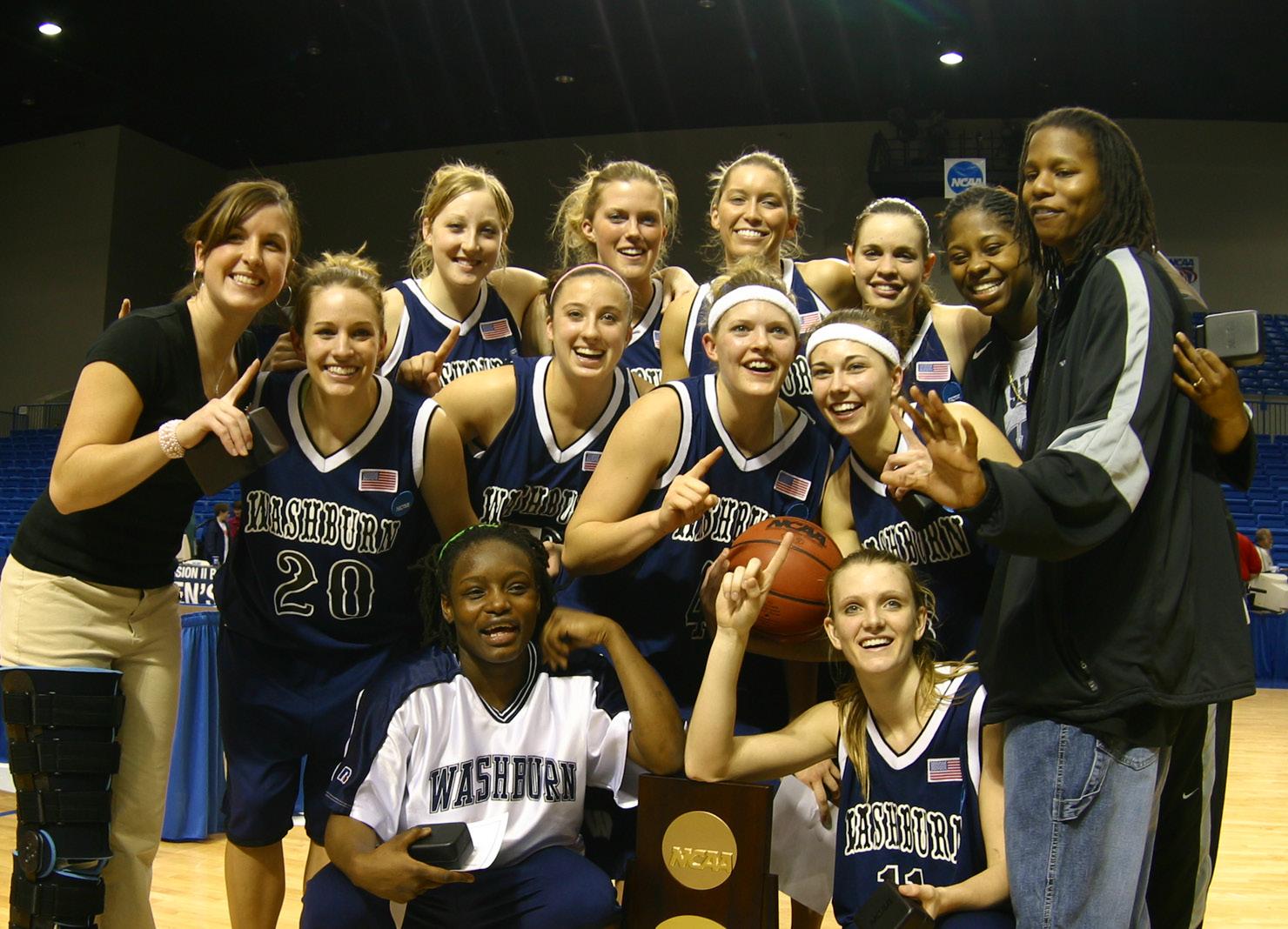
6 minute read
Facilities
Washburn athletics has some of the finest facilities in not only the MIAA but in the nation. Below is a listing of the facilities and their capacities ...
Washburn Indoor Athletic Facility - OCTOBER 2020 1,500 // 200m Banked Indoor Track and Field Competition Venue and 110-yard Turf Practice Field
Advertisement

Yager Stadium at Moore Bowl 7,200 // Home of football and soccer
Lee Arena 3,907 // Home of men’s and women’s basketball and volleyball
Falley Field 800 // Home of baseball
Washburn Tennis Complex 100 // Home of men’s and women’s tennis
Washburn Softball Complex 500 // Home of softball

The Capitol Federal Savings Strength & Condition Center 12,000 square foot training center
WASHBURN FACILITIES


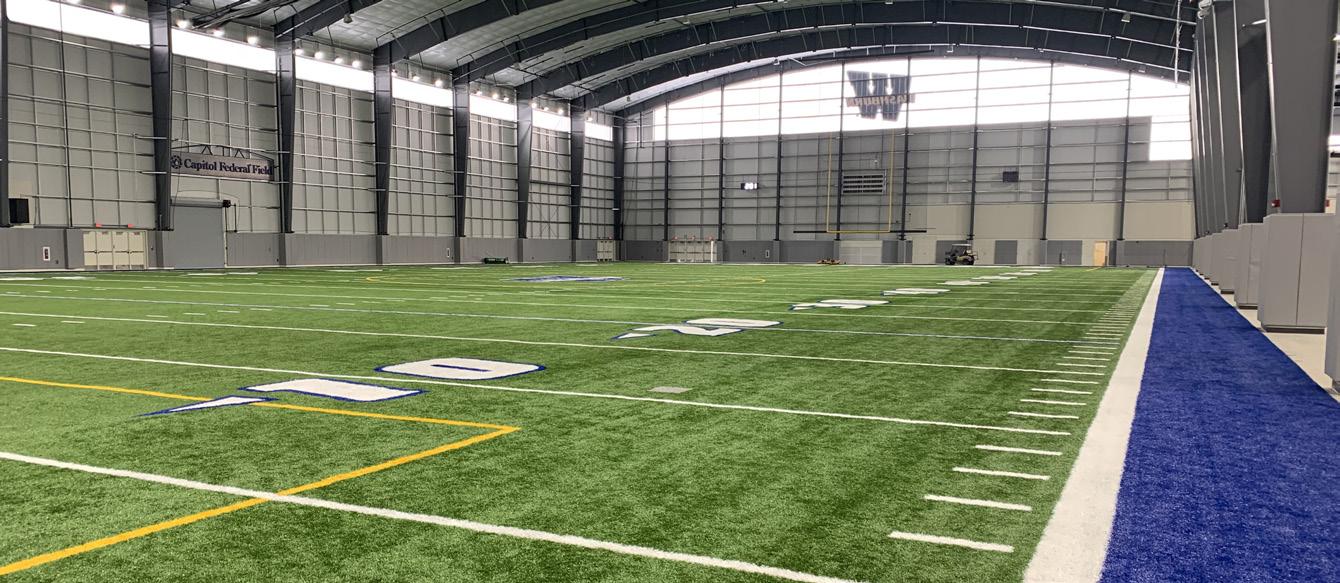


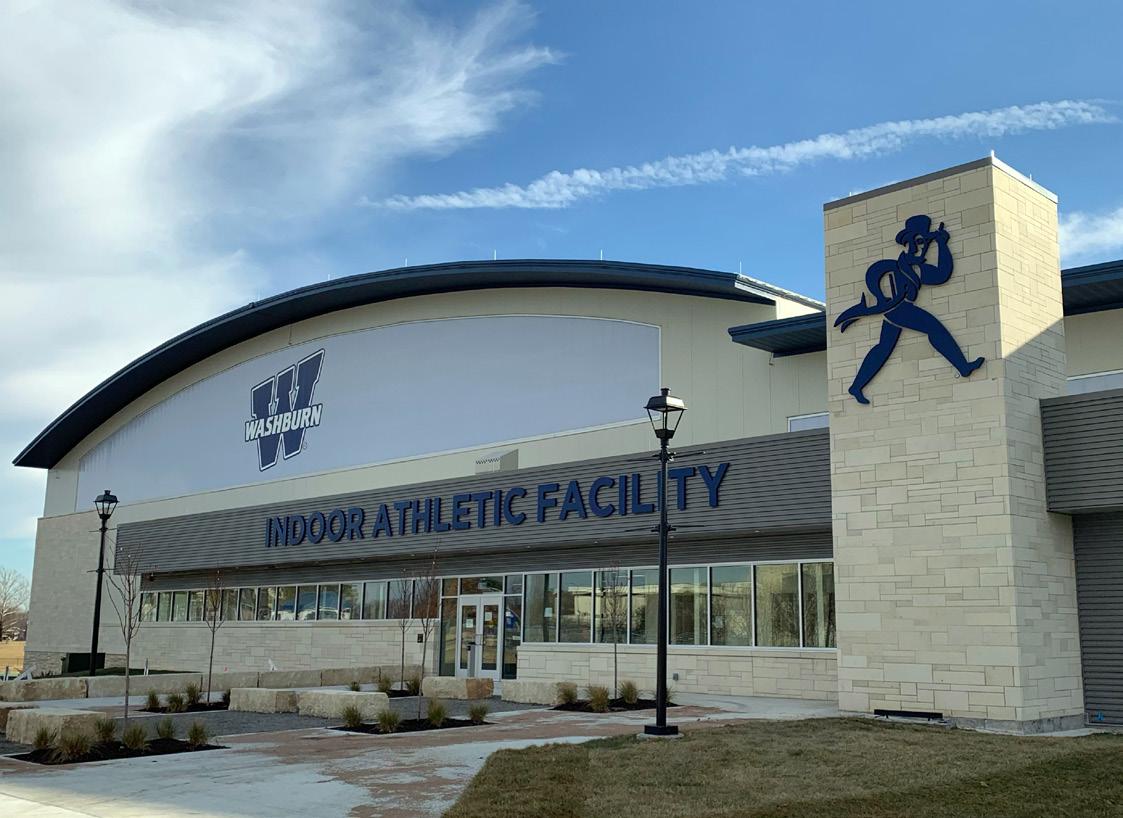
WASHBURN FACILITIES



The strength and conditioning center as well as the athletic training facilities help Washburn student-athletes be ready for the court and the field...


The Whiting Field house expansion project was a $7.2 million renovation completed prior to the 2010-11 school year and is one of the largest training facilities in the MIAA. There are more than 12,000 square feet of workout space inside the weight room facility. There are 21 weight platforms for multiple teams to use at the same time. A 39-yard warm up lane made from field turf gives student athletes an area to jog and loosen up and cool down after their workouts. The Washburn Athletic Training center was renovated in 2012 and features a Hydroworx aquatic therapy pool along with additional therapy and injury prevention equipment and treatment options.
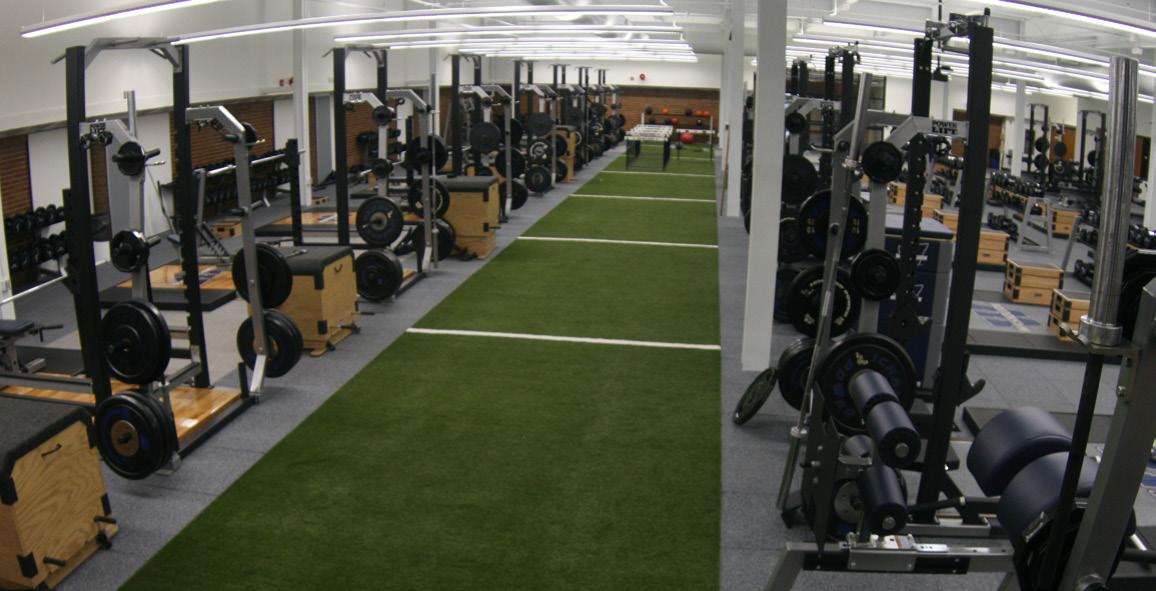
CONDITIONING AREA
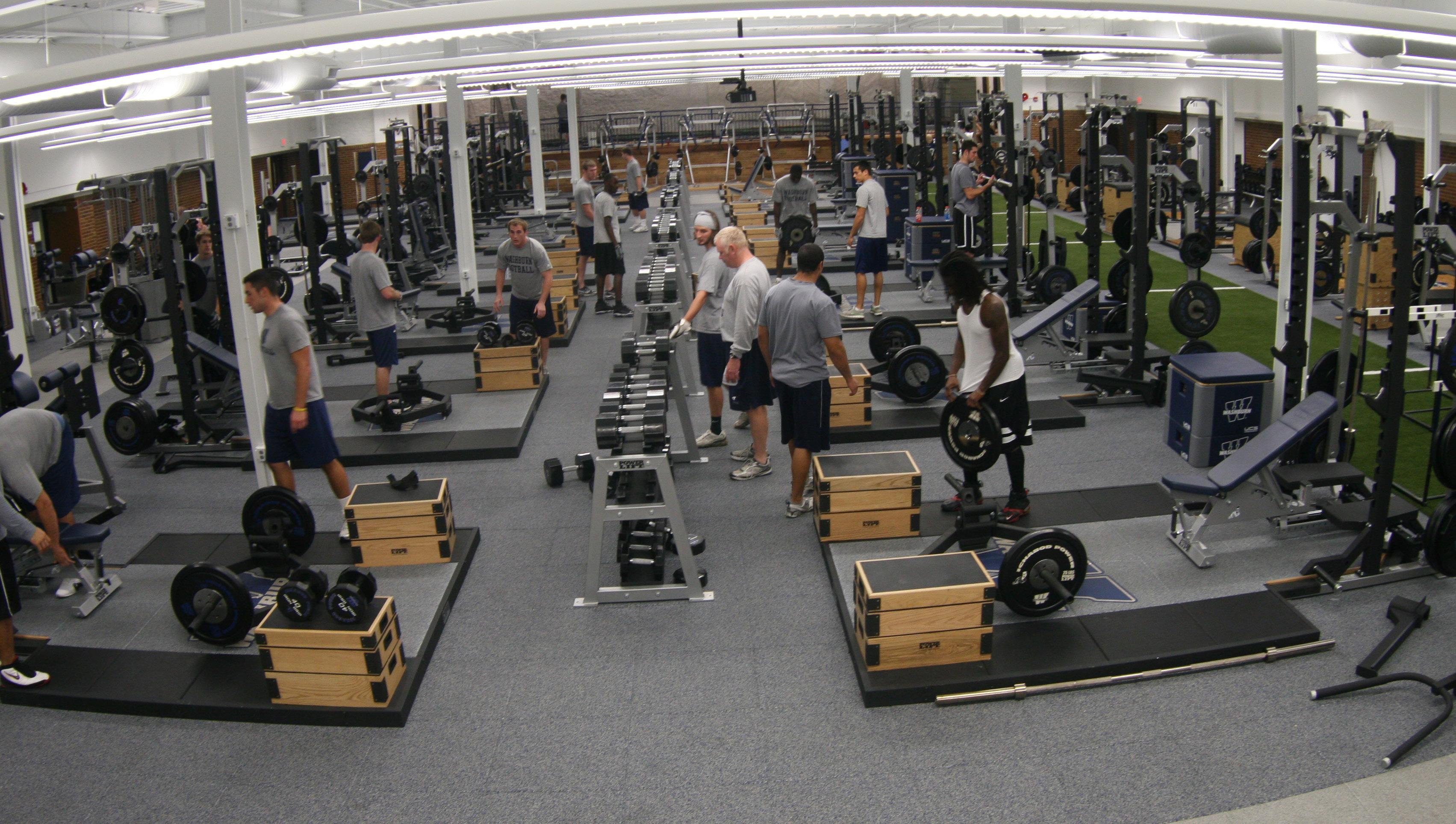

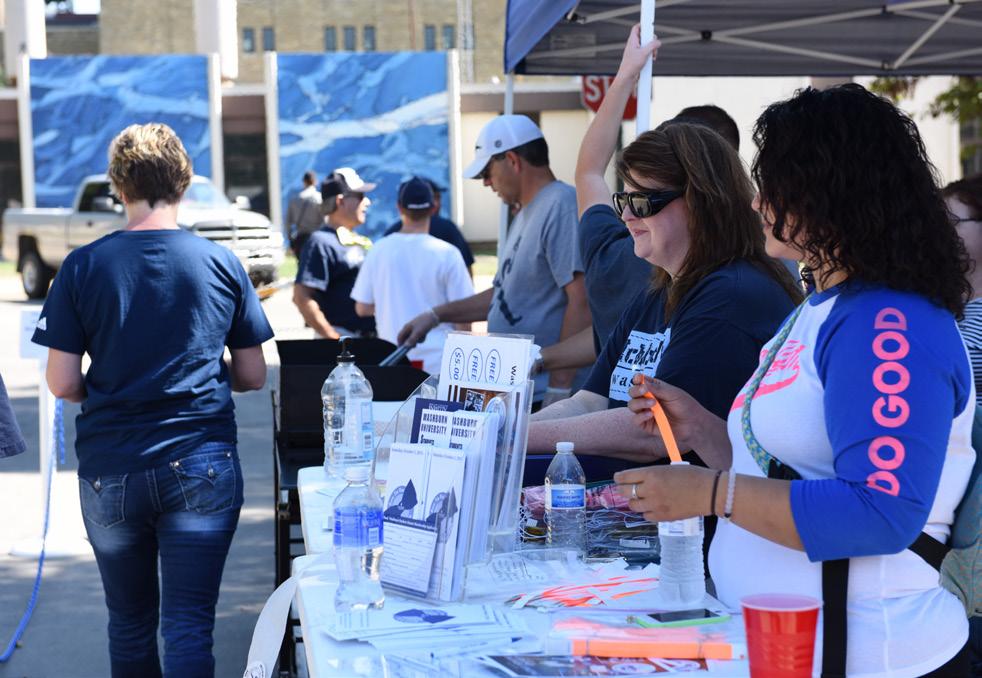
Nearly $6 million has been spent on renovations to Yager Stadium at Moore Bowl in the last months at a cost of approximately $30,000. The construction work was under the direction of 10 years and the facility continues to serve as one of the finest in NCAA Division II. Cleveland S. Loper, head of the engineering department, with the contract for the excavation
The 2016 season will feature the new Shaw Turf field which was installed with a new design given to C.A. Ritchie of Topeka. prior to the start of the season. The original design for the horseshoe-shaped bowl (overall size of 400’ by 650’) called for
Prior to the 2014 season, the Ichabods added a 41-foot by 31-foot digital scoreboard with 15,000 seats — 8,000 in the original construction with the remaining seats to be built along an improved sound system which is the second-largest in the MIAA. the north end of the horseshoe. Additional seating was not added and the bowl currently has
Previous upgrades to Yager Stadium are the new lights and towers positioned above a seating capacity of 7,200. the playing surface. Put up over the summer of 2012, the laser-installed lights will provide A press box and concessions stands were added to the facility in 1963 but destroyed three Washburn football and soccer players with a brighter and safer atmosphere and will make years later in the ’66 tornado. producing television games at night easier. The bowl was named in honor of George Godfrey Moore, a Topeka sports enthusiast who had
Prior to that, $4.3 million was spent in 2002 on a new press box, University suites, hospital- developed a reputation throughout the Midwest as a keen sportsman and friend of Washburn. ity lounge and a booster area. Along with new restroom facilities, concessions stands and a viewing point at the north end of the field, Yager Stadium’s renovations have reshaped the scenery around the field and made it one of the Washburn campus main focal points.
The new name of the stadium is in honor of former Ichabod runningback Gary Yager. An anonymous donor pledged $1 million. The first lead gift to the renovation was from former Ichabod defensive end Bernie Bianchino, who donated $500,000 for the Bianchino Pavilion, which houses six suites, a president’s suite, media facilities, new restroom and concession facilities and meeting rooms.
Moore Bowl has served as the home for Washburn football since its dedication on September 28, 1928, - a 20-12 loss to William Jewel. Throughout its 84-year history, the bowl has been witness to hundreds of high school and college games, longstanding conference rivalries and the tornado of 1966.
Construction of the original bowl was part of a $215,000 athletic project, which also included the addition of Whiting Field House to the Washburn campus. By taking advantage of the natural depression, the bowl was constructed in just seven
YAGER STADIUM

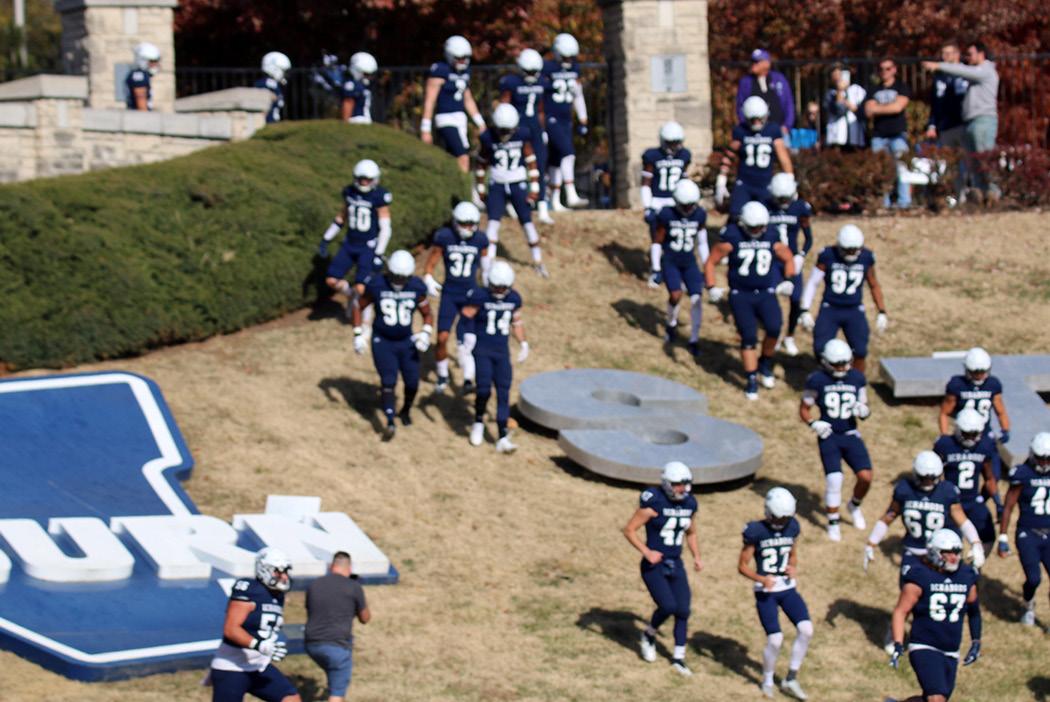
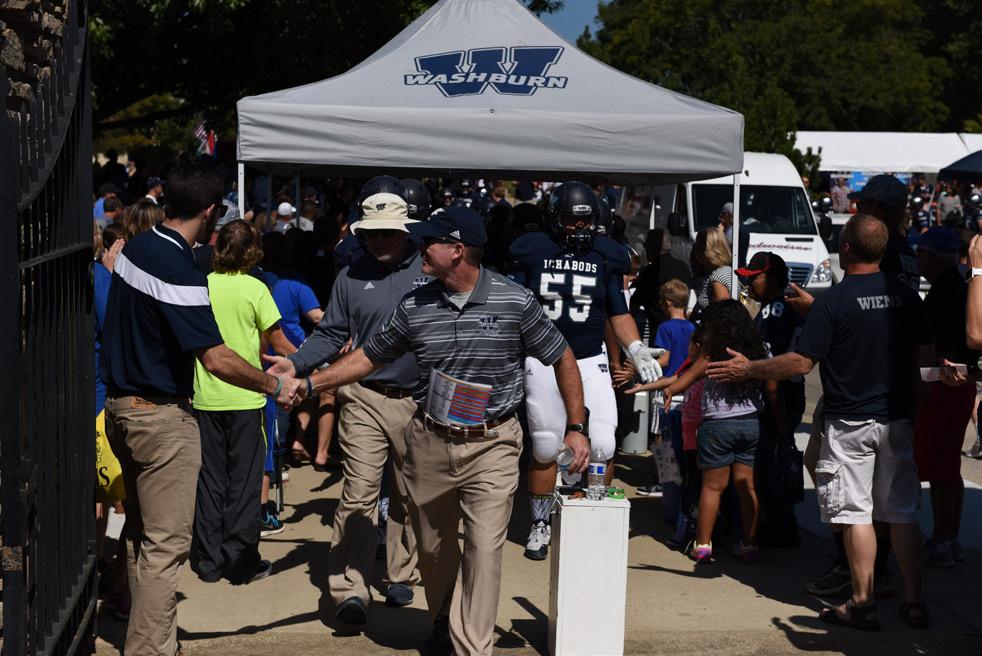
OPENING FALL OF 2020
This $20 million state-of-the-art facility was unanimously ap- What about seating you ask, well, there will be plenty of it... 1,500 proved by the Washburn Board of Regents in December 2017 seats to be exact, allowing Washburn the ability to host regional and has since received more than $6 million in donations for its and national championships right in Topeka, Kansas. construction. The facility will be located in the southwest end of campus along 21st Street between the baseball and softball fields. Once built, the facility will have two distinct areas. One side will be a 100-yard turf field for use by Washburn’s football, soccer, baseball and softball teams. The other side... well, that’ll be specifically for the cross country and track & field teams. Separated by drop down netting, the indoor track & field side will rival most NCAA Division I facilities, let alone Division II. This climate controlled facility will allow student-athletes complete freedom to train at optimal levels throughout the year. Other features of the track & field side include a 60-meter runway located in the infield, along with designated lanes for jumps and pole vault all surrounded by a 200-meter banked track - the only one in Division II and one just 28 in all of the NCAA.
INDOOR FACILITY


